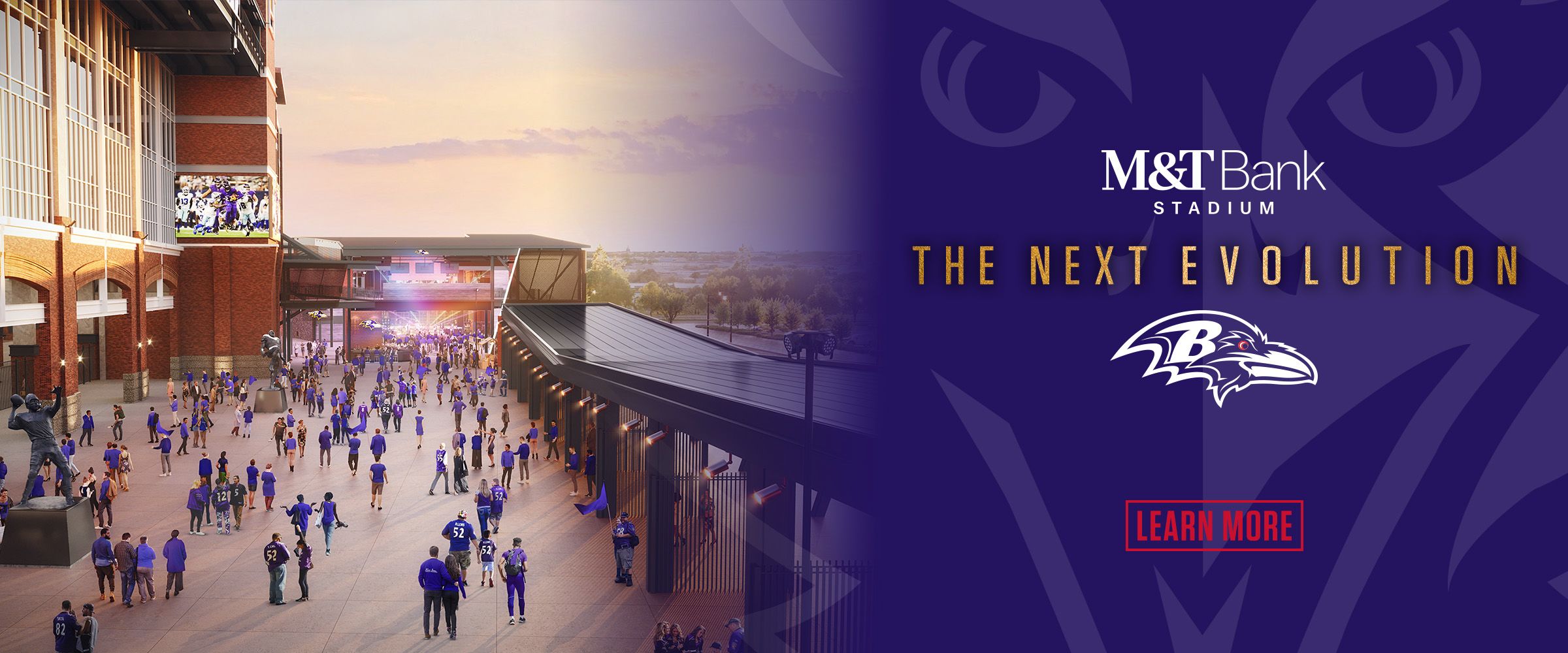There's no doubt that the Ravens had bad luck this year.
When you lose two of your best players in the same practice just before the season, then finish the year with 19 players on injured reserve, it sure seems like the football gods just weren't on your side.
But Head Coach John Harbaugh and the Ravens aren't just going to throw their hands up and cite bad fortune for their crushing spate of injuries in 2021 and move on to 2022 crossing their fingers for a better result. Like anything else, they're going to try to figure out why, then go about finding solutions.
"You can say it's bad luck. You can say it's a fluke. I get that, but I don't feel like we have the luxury to live there. That's not something that we can say that that's it," Harbaugh said Monday.
"We have to turn over every stone. We have to look at every possible avenue to do the best we can to make sure this doesn't happen again. That's what we plan on doing."
Injuries aren't an excuse, but they are absolutely one reason why some teams fare better than others. The Cincinnati Bengals, for example, are heading to Super Bowl LVI with just eight players on IR, and two of the best (right tackle Riley Reiff and defensive tackle Larry Ogunjobi) didn't go on until December and January, respectively. They're a strong team regardless, but good health has played a role in their resurgent season.
Baltimore entered the 2021 season with legitimate Super Bowl aspirations, but injuries left them wondering "what if" by year's end. Over the final six-game losing streak, injuries left Baltimore's roster hanging by a thread.
"I think if you look at it, it is a little cyclical," Harbaugh said. "You go back to 2015, we got impacted with injuries really badly. In 2016, we pulled ourselves out of that, and we did really well for a couple of years. This year, we just got smashed with them."
The Ravens had more significant injuries in 2021 than any season in their history. Here's a recap of the key losses and an outlook on players who are recovering.
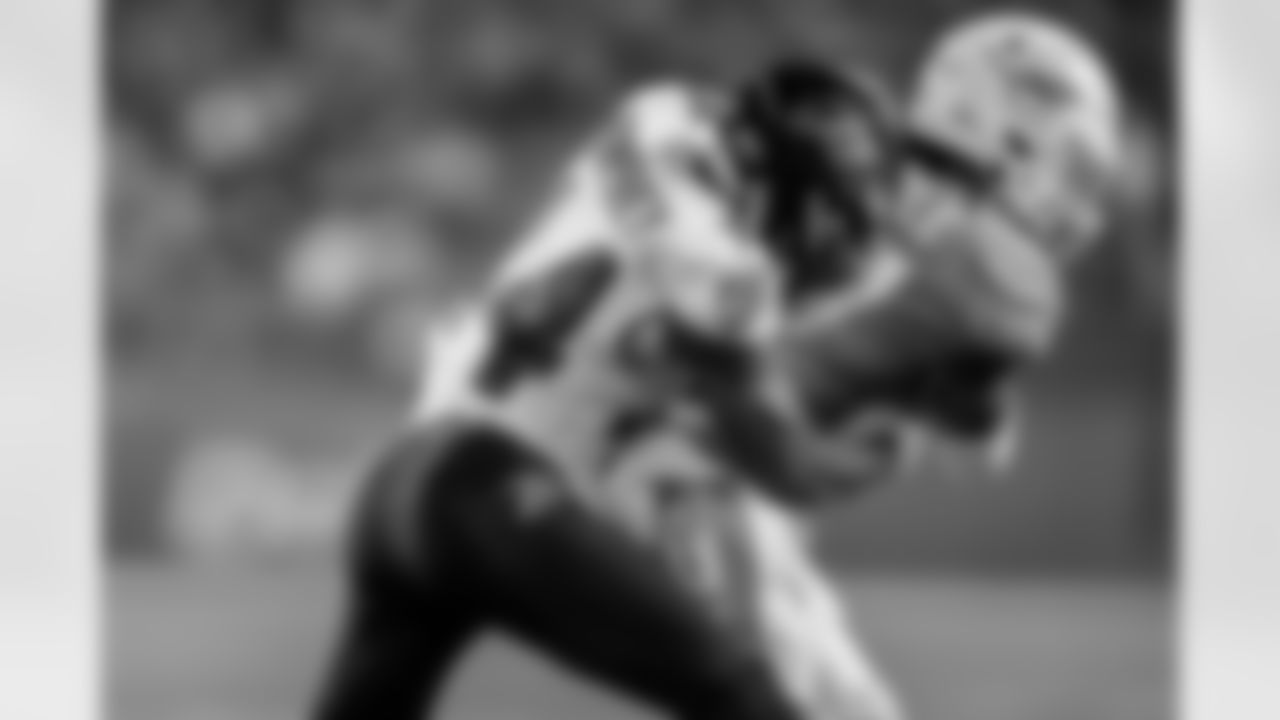
CB Marlon Humphrey
All-Pro "Marlo" went down for the season against the Steelers on Dec. 6 with a torn pectoral muscle. Since 2017, Humphrey and Logan Ryan of the Giants are the only two defensive backs with at least 50 pass breakups and 10 forced fumbles. Humphrey is one of the game's most impactful corners, able to play both outside and inside while defending the run with physicality. There's no reason to think Humphrey's injury will prevent him from starting next season in top form.
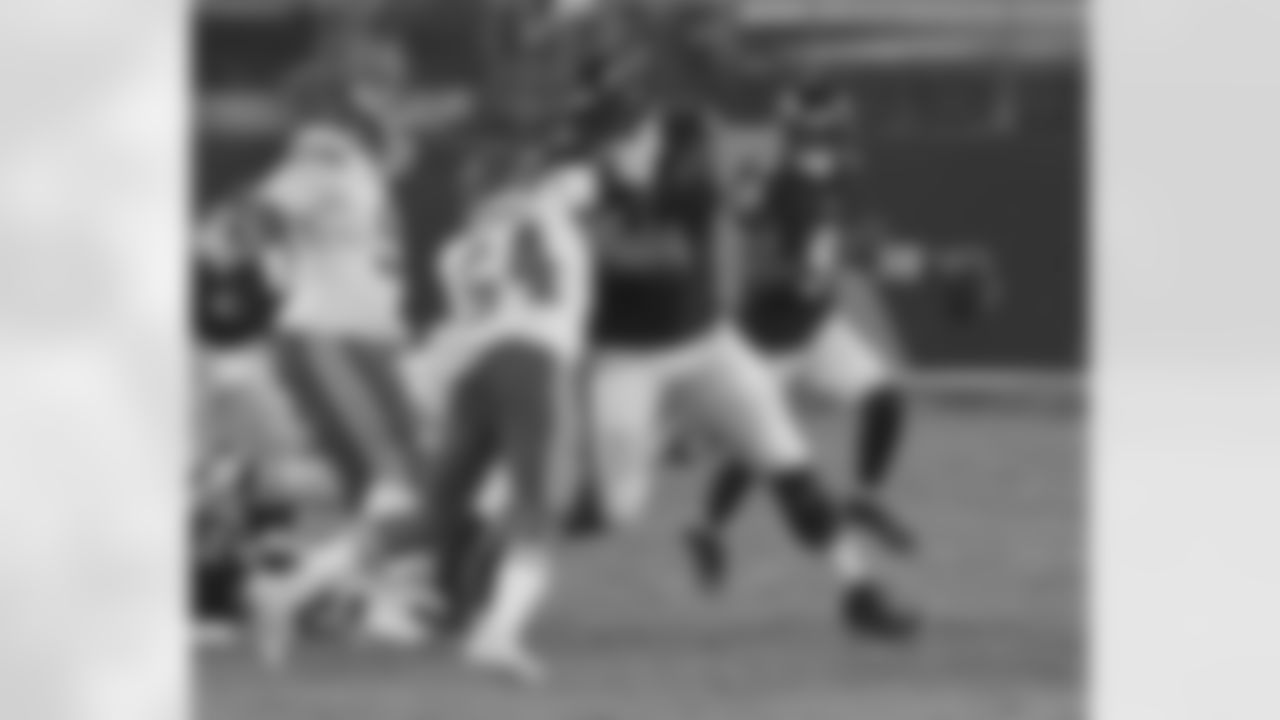
LT Ronnie Stanley
Stanley's one-game comeback from ankle surgery ended after Week 1 and he underwent more surgery on Oct. 19. His timetable for return remains unknown, but his quest to recapture his place as the NFL's best left tackle is vital to Baltimore's offense moving forward. There's no replacement for his talent protecting Lamar Jackson's blindside while also being an superb run blocker. If Stanley returns 100 percent, that's a major question answered for an offensive line that was in flux in 2021.
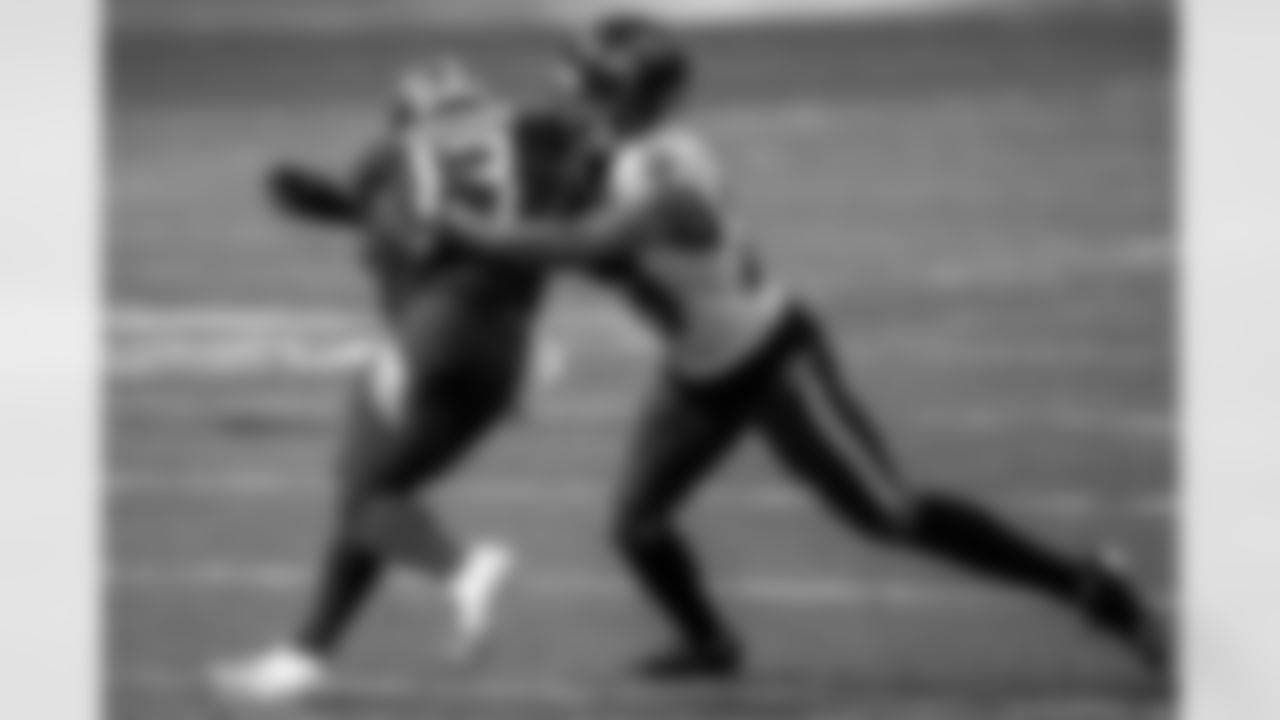
CB Marcus Peters
Peters suffered his season-ending ACL injury during a Sept. 9 non-contact, non-padded practice. Losing the NFL's top interceptor since 2016 was devastating to a defense that needed more takeaways in 2021. Peters' football IQ and competitiveness bring elements to Baltimore's secondary that are unique. Having Peters and Humphrey back together in 2022 will feel like Christmas for the new defensive coordinator. It was Peters' first major injury.

RB J.K. Dobbins
A season-ending torn ACL suffered by Dobbins in the Aug. 29 preseason finale took away Baltimore's most explosive running back. He has been down this road before, returning faster and stronger after a severe ankle injury in high school. Don't bet against him doing that again. His offseason workout buddy, Vikings running back Dalvin Cook, suffered a torn ACL in 2017 and has rushed for at least 1,100 yards the past three seasons. Dobbins can use that for inspiration.

OLB Tyus Bowser
Bowser reportedly tore his Achilles during the season finale Jan. 9 against the Steelers and posted pictures Jan. 13 on Instagram following surgery. Recovery time varies for this injury, but Bowser's obvious goal would be to return by Week 1. Much more will be learned about his progress by the time training camp begins.
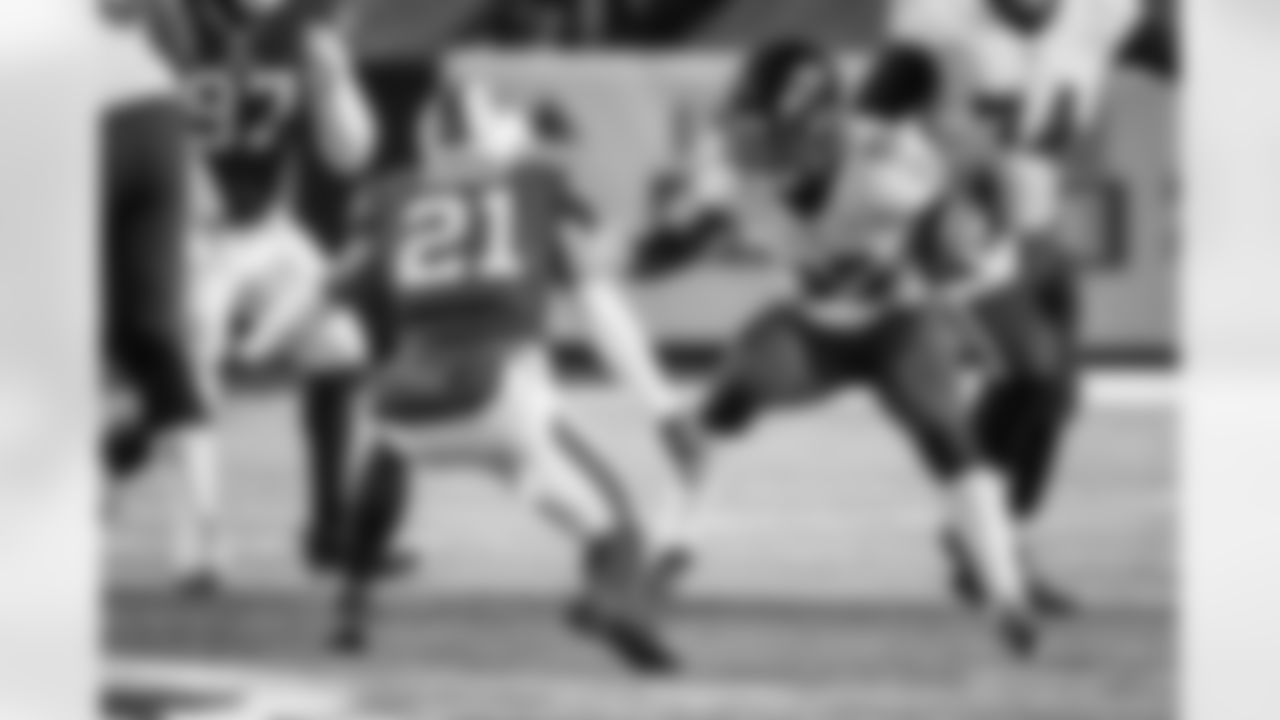
RB Gus Edwards
In a cruel twist, Edwards suffered a torn ACL during the same practice that Peters went down, robbing him of an opportunity to finally become the lead back. He is Baltimore's most physical ball carrier who has never averaged fewer than 5.0 yards per carry. Like Dobbins, Edwards has a chance to be ready for Week 1 and hopes to recapture his place as part of Baltimore's dynamic one-two running back punch.

QB Lamar Jackson
An ankle injury Jackson described as a bone bruise ended his season on Dec. 12. The Ravens lost their last four games without the 2019 NFL MVP and missed the playoffs for the first time in his career. Getting healthy will be Jackson's first offseason priority, then he must continue polishing all aspects of his game. A group of young AFC quarterbacks that includes Patrick Mahomes, Josh Allen, Joe Burrow and Justin Herbert is setting a high bar that won't make reaching a Super Bowl easy.
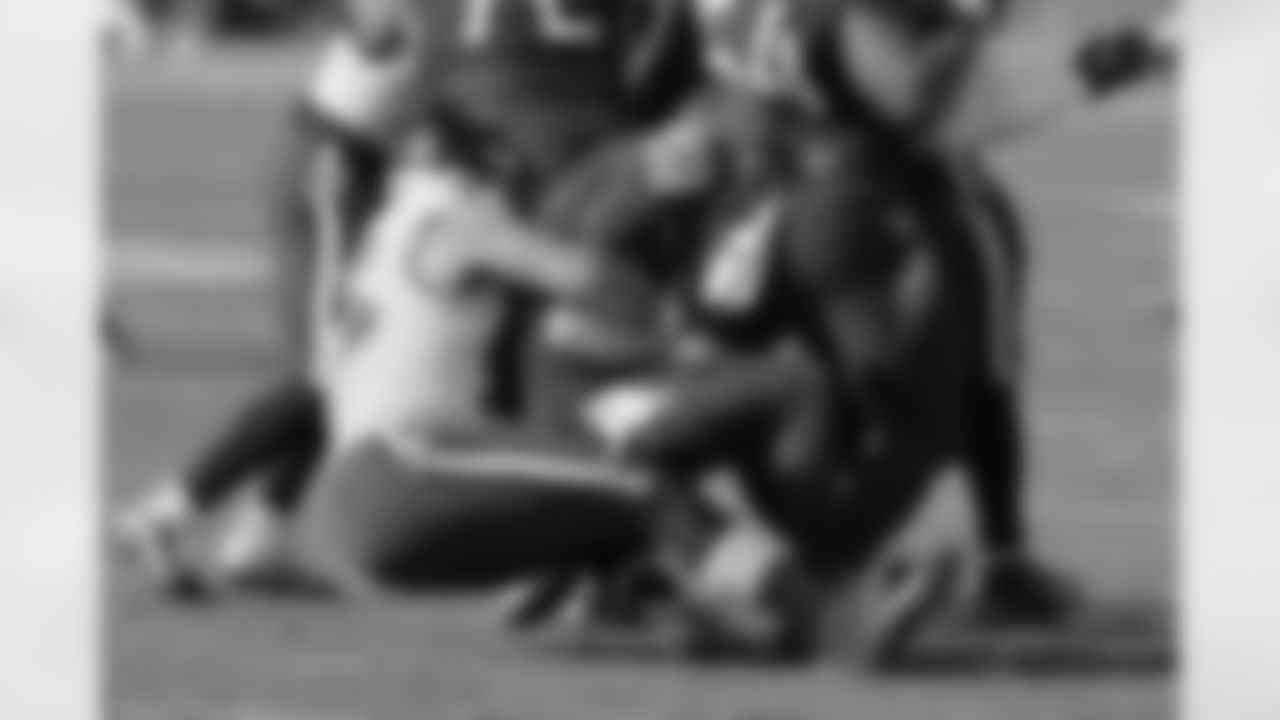
DE Derek Wolfe
Wolfe (back/hip) missed the entire season then underwent recent hip surgery, posting a picture of his elevated leg on Twitter. Wolfe led Baltimore's defensive linemen in tackles (51) in 2020 and with Brandon Williams and Calais Campbell both pending free agents and Campbell contemplating retirement, the return of a healthy Wolfe would be a welcome boost to the defensive line rotation.
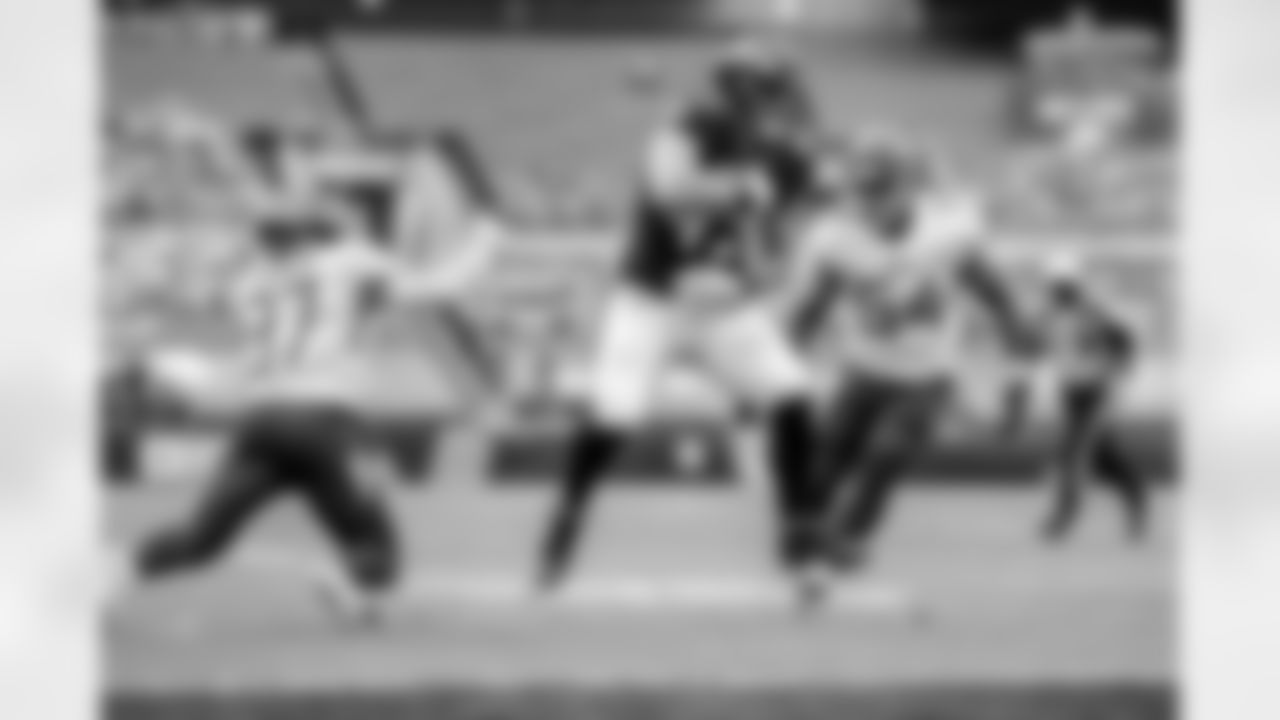
FB Patrick Ricard
The three-time Pro Bowl fullback is a pending free agent, and he ended the season on injured reserve after missing four of the last five games with a knee injury. Ricard had offseason hip surgery before the 2021 season and said he played the 2020 season with a torn labrum. Richard is a devastating blocker, and whoever he plays for next season will have one of the league's toughest players. Whether or not he returns to Baltimore, Ricard will be hoping for a healthier 2022.
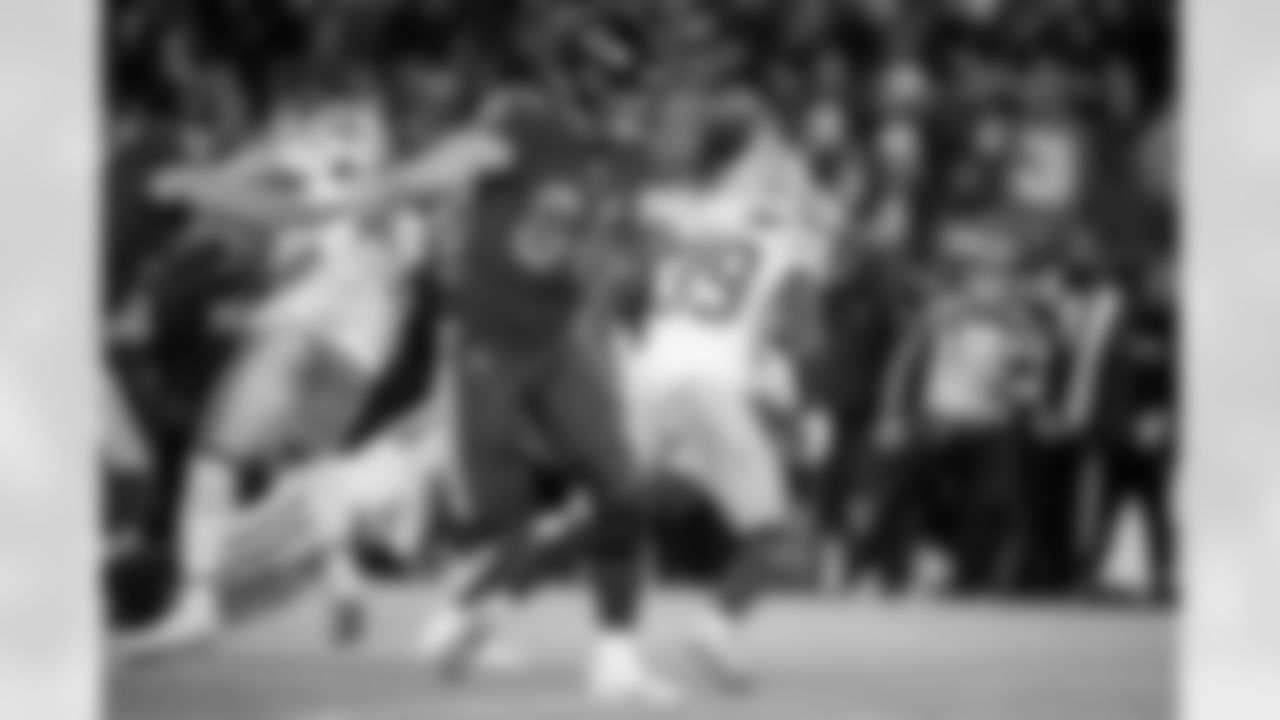
TE Nick Boyle
Baltimore's best blocking tight end started the season on injured reserve after a major knee injury in 2020 season that required another cleanup procedure during training camp. Boyle returned in Week 10 but never looked 100 percent and was limited to five games. This offseason will be dedicated to getting healthier and Boyle believes he will return "better than ever."

S DeShon Elliott
A pending free agent, Elliott was lost for the season on Nov. 7 with a torn biceps/pectoral. Competing until the last moment, Elliott made a one-armed tackle after suffering his injury before leaving the game. Elliott has suffered three major injuries during his career, losing his first two NFL seasons due to a broken forearm and torn ACL. He has been a starter for two years and is Baltimore's biggest hitter in the secondary, but it remains to be seen if he'll be moving on.

G Ben Powers
He spent much of the season as the starting left guard but missed the final four games with a foot injury. Powers is a physical lineman who made strides in pass protection last season. After a third year that was a step forward, ending the season injured shouldn't keep Powers from competing for the starting left guard spot next year.
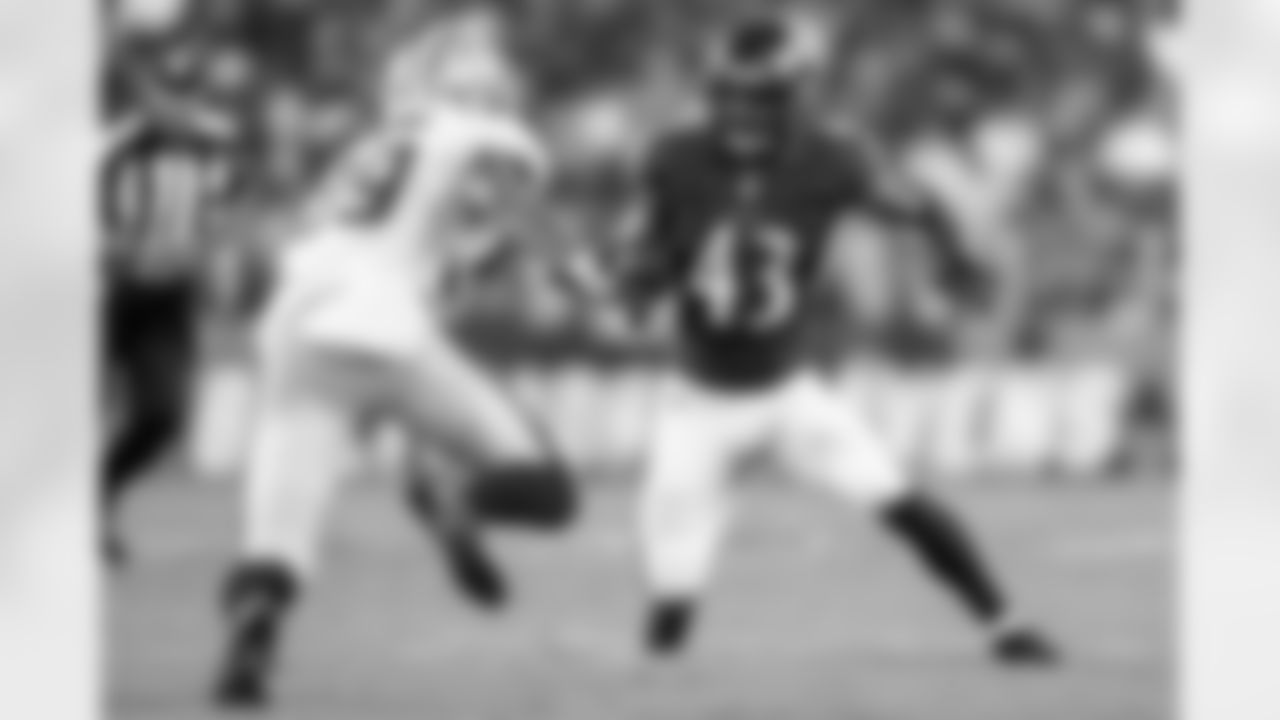
RB Justice Hill
It's still hard to fathom the Ravens lost their top three running backs before the season began, but Hill tore his Achilles on Sept. 2 and never played a regular-season snap. Hill has been a contributor on special teams, but has been unable to crack the rotation at running back on a consistent basis in three years. The fourth-round pick in 2019 faces an important year in 2022, hoping to show he is fully recovered and worthy of a role.
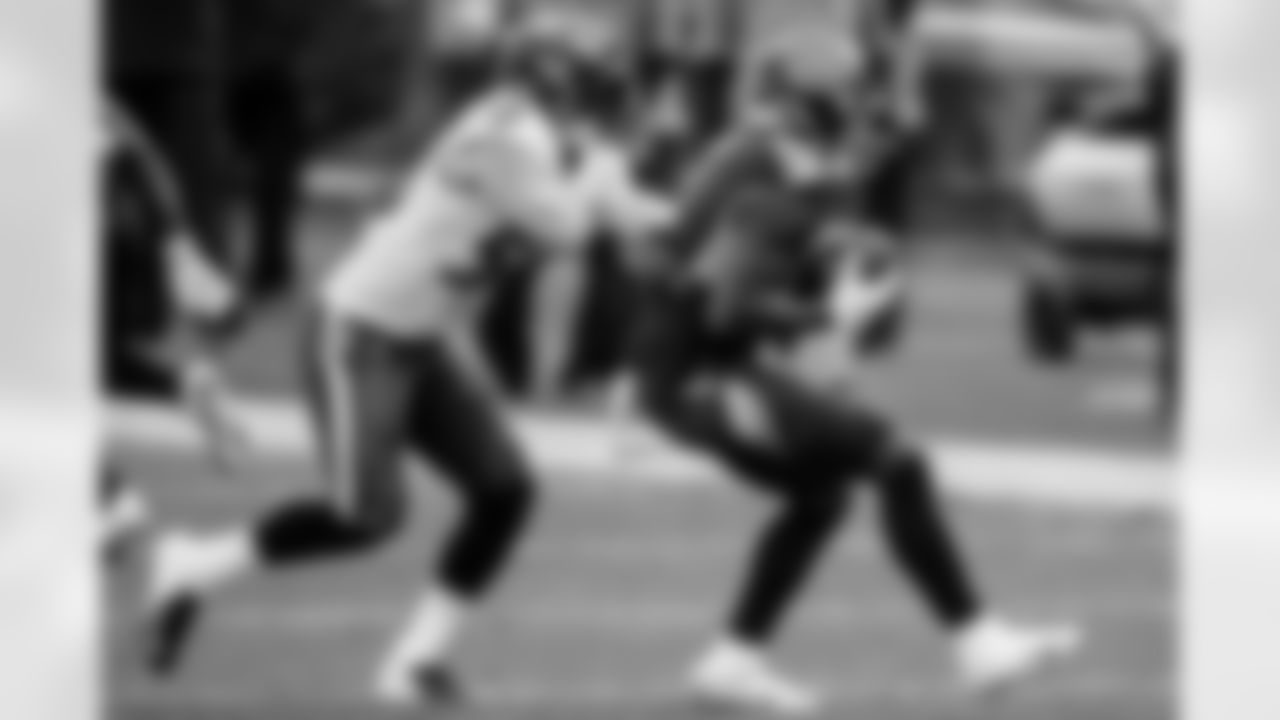
ILB L.J. Fort
The veteran inside linebacker tore his ACL in the second preseason game and missed the 2021 season, but is expected to return healthy in 2022. A pending free agent, Fort was a starter at WILL linebacker in 2020, but Patrick Queen played well in that spot in 2021, which could impact whether Fort returns to Baltimore. His presence as a veteran leader in the linebacker room who also plays special teams could work in his favor.
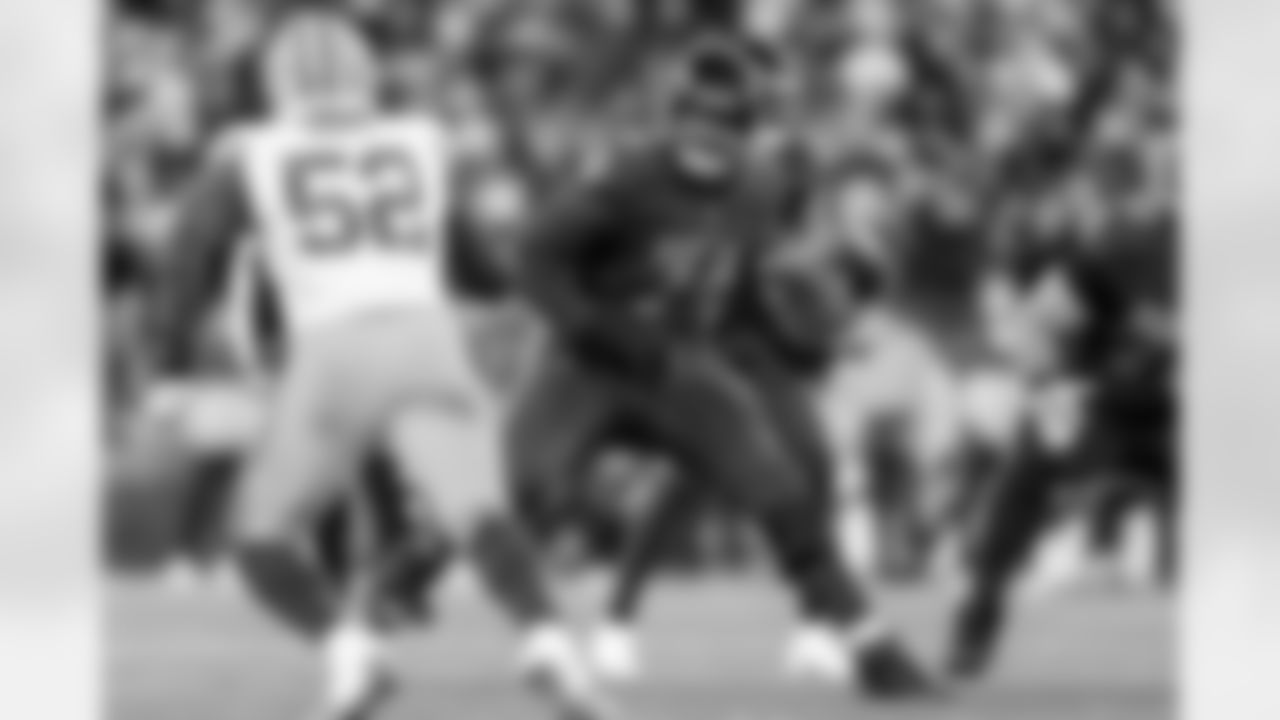
G/T Tyre Phillips
After opening the season as the starting left guard, Phillips missed four games early in the season with a knee injury, then ended the season on IR after another knee injury Dec. 19. Phillips is expected to compete for a starting job at left guard in 2022 and his ability to play both guard and tackle makes him valuable as a backup. Staying healthy and playing consistently will be crucial to his development.
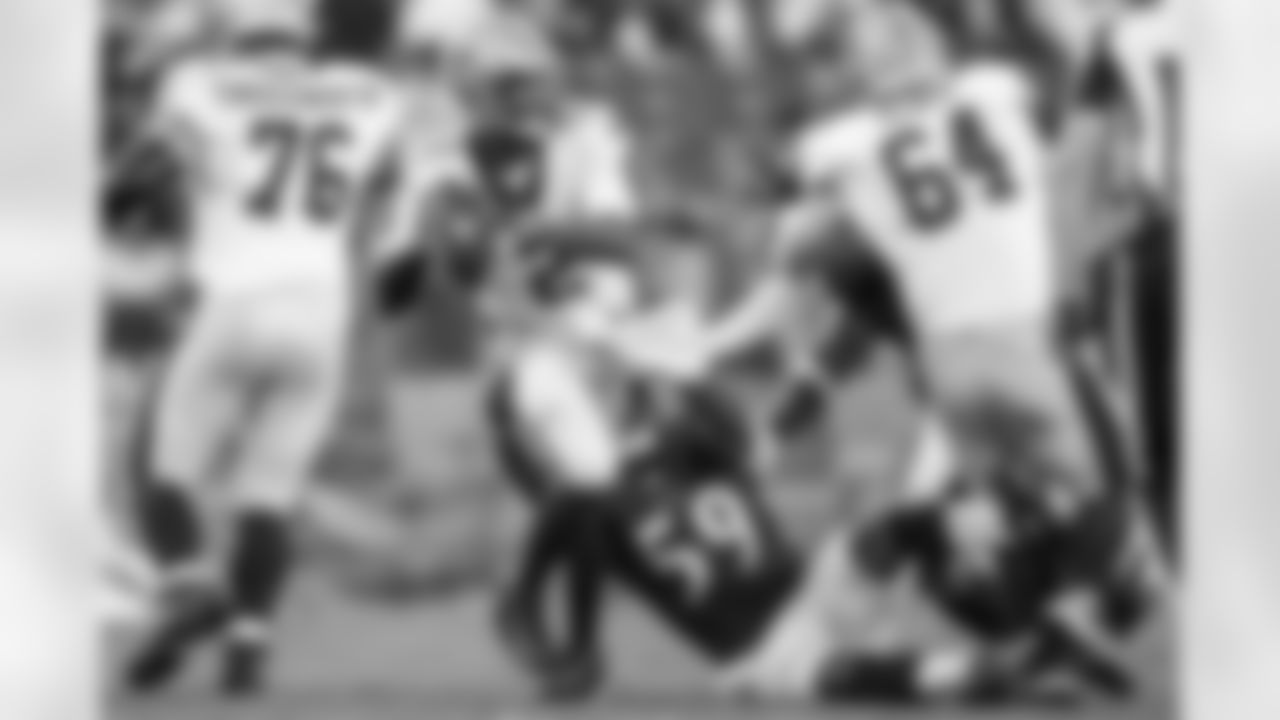
OLB Daelin Hayes
Injuries prevented the fifth-round draft pick from having an impact in 2021, as Hayes appeared in just one game and played four snaps. He spent most of the year on injured reserve with an ankle injury and he also underwent a knee procedure. Putting those injuries behind him and staying on the field will be critical for Hayes in 2022.
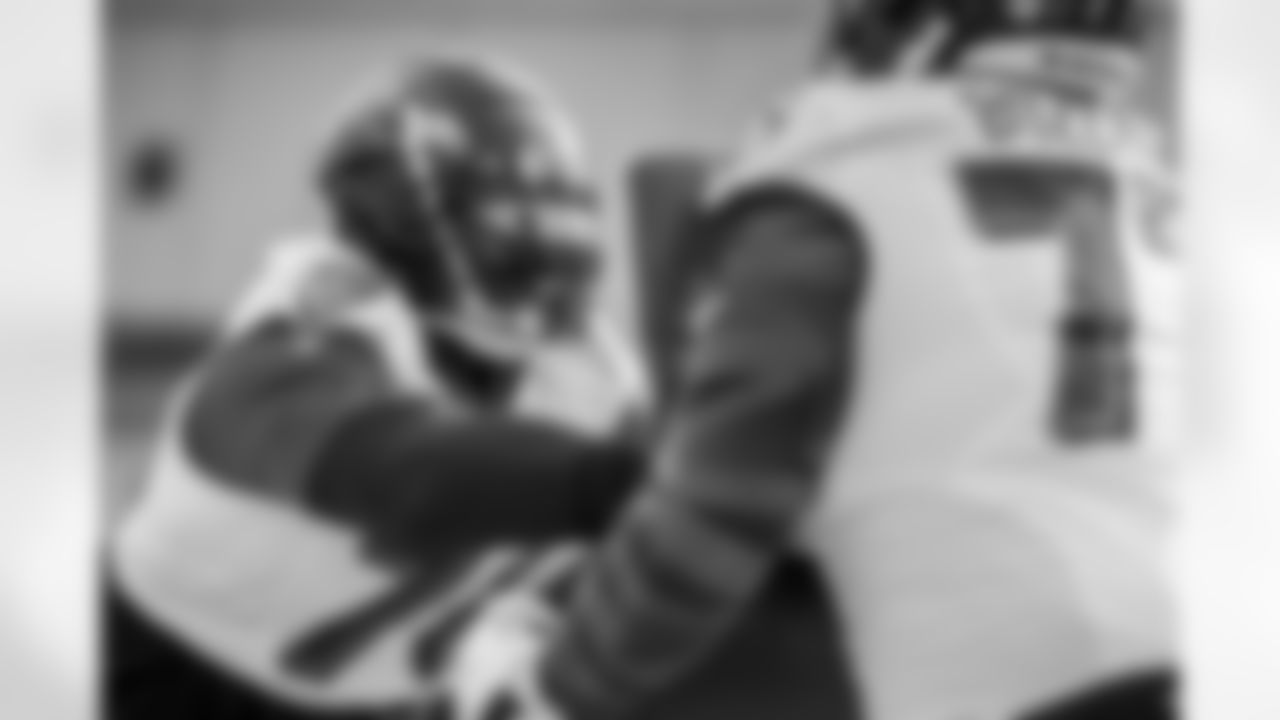
OT Ja'Wuan James
Signed as a free agent after tearing his Achilles in May, James never joined the 53-man roster in 2021, although he returned to practice in December. He is a former first-round pick who spent five seasons as a starting right tackle with the Miami Dolphins. However, James opted out of the 2020 season due to the COVID-19 pandemic and hasn't seen game action since 2019. This offseason will give James time to get healthier and prove if he can be a starting tackle again.

DB Ar'Darius Washington
The undrafted rookie from TCU suffered a broken foot during practice in late November that ended his season. Washington played in five games, with 22 of his 29 snaps coming on special teams. However, Washington had a strong showing in training camp playing safety and nickel corner and was the only undrafted rookie to make the 53-man roster. He has a chance to compete for a larger role if he returns healthy.

CB Khalil Dorsey
The exclusive rights free agent spent the entire 2021 season on injured reserve after suffering a preseason shoulder injury. The Ravens are always looking for depth at corner, but whether Dorsey can earn a roster spot in 2022 remains to be seen.
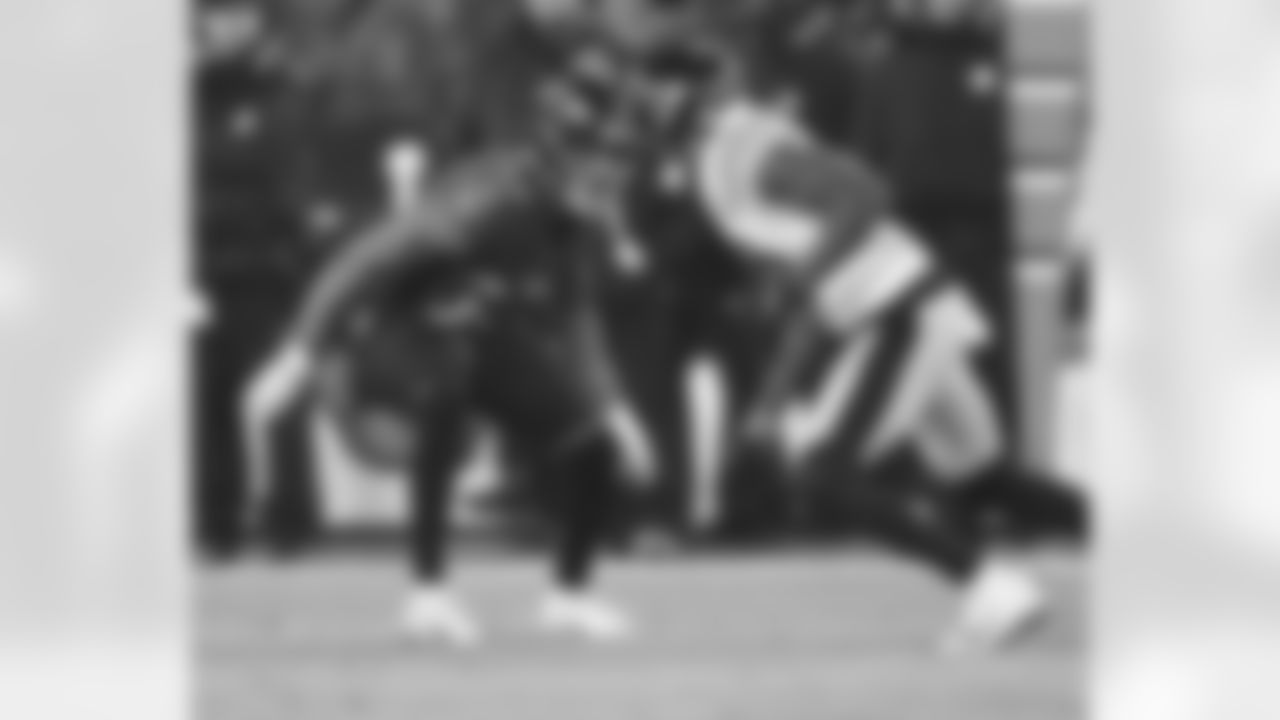
CB Iman Marshall
The fourth-round pick in 2019 has only appeared in three games in three seasons, and spent the entire 2021 season on injured reserve. Marshall tore his ACL in 2020 and will have to move past his injury setbacks to get his career back on track.
Harbaugh said he already met with his performance team, led by Head Strength & Conditioning Coach Steve Saunders, a couple weeks ago to start working out solutions.
"We sat in there for four hours and went over every aspect of what we're doing and what we can do on the football side to try to improve that – from practice schedules, from training camp schedules, from OTAs, from how we train, from how we condition, even how we do our team, all of our modeling in terms of loads and things like that in our team periods and in our individual periods," Harbaugh said. "I mean, man, we're going to look at everything, and we're going to change a lot.
"I'm already drawing up practice schedules, and we're putting them into models for loads and things like that to do everything we can do to make sure that we come through as strong as we can be and ready to attack the season when the season starts. So, we're not going to just take it and say it's OK. Something has to be fixed."
The other injury front is rehabilitation, and that didn't go as well as hoped this season either. Left tackle Ronnie Stanley was expected to be back to full strength by the start of the year following his 2020 ankle injury, but he played in one game and then shut it down and got another surgery.
Tight end Nick Boyle's return was delayed after last year's major knee injury. He only played in five games and was never totally right.
Harbaugh said he's "hopeful" that all the players who suffered season-ending injuries, including outside linebacker Tyus Bowser (Achilles) in the final game, would be ready to play at the start of next season. But there's still a lot of rehab to be done.
"I do believe that, as an organization, we're going to do everything we can to make sure our rehab operation is cutting edge and is at the highest level," Harbaugh said. "That's another stone that's being turned over."


















